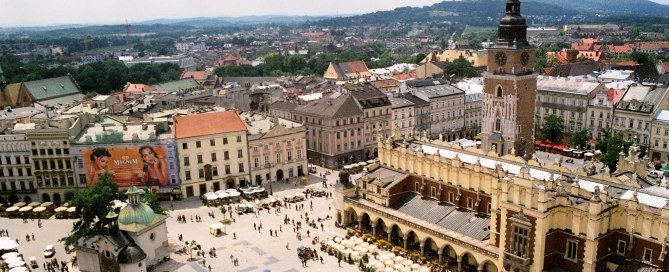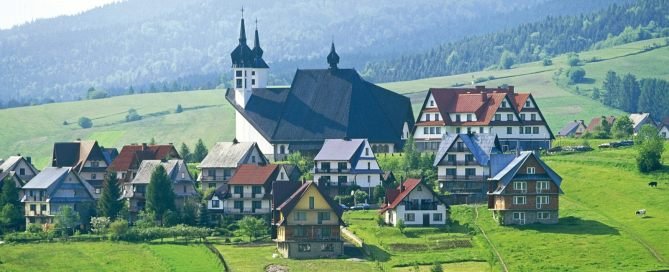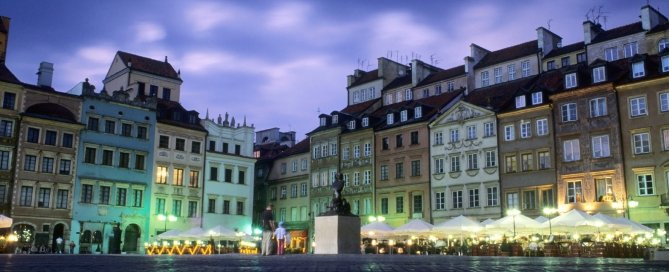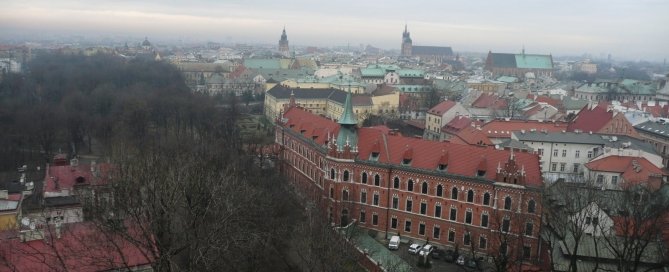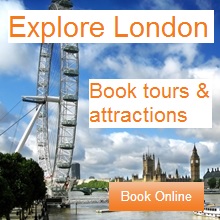Guide to Poland
Quick Facts
Population: 38 million
Major Language: Polish
Currency: złoty
Calling Code: +48
Poland became a nation over 1000 years ago. Slavic tribes (including the Polanie, from which the country would borrow its name) began settling the area between the 5th and 8th centuries. When the Duke Mieszko I converted to Christianity, Poland entered a period of conquest, eventually bringing Silesia and Little Poland into what would become the Polish state. Poland saw a revival of the arts and sciences during the16th century Renaissance, experiencing a true golden age. By this time, a majority group composed of Poles and Lithuanians had been joined by a growing Jewish population.
Polish unification under a government seat at Warsaw, the newly established capital, would suffer as Russia, Prussia and Austria partitioned Poland and distributed it among themselves in the 18th century. Poland would not regain its independence until 1918, only to be further weakened by the death of one million Poles in World War I and a second partition between Germany and the Soviet Union in World War II. During this last conflict, almost the entire Jewish population of Poland died in concentration camps.
In the postwar period, the Yalta Conference granted the Soviet Union official control of the new communist People's Republic of Poland. With the arrival of Gorbachev in 1985, democratic reforms swept the continent and reached Poland. Free elections were held in 1989, and a package of free market reforms introduced in the early 1990s made the Polish economy one of the strongest in Central Europe. In 1999, Poland became a member of NATO, demonstrating unprecedented political and economic stability, as well as a new global projection.
Capital City: Today's Warsaw is the product of years of massive rebuilding after the city was destroyed in World War II. The dynamism and progress that defines the result can be observed in the recent, unprecedented economic growth. A wide range of bars, theatres and museums attest to the thriving cultural scene that attracts over 10 million tourists every year.
Government: Poland is a republic. Prime Minister Donald Tusk has been at the head of the government since 2007, and a Council of Ministers is responsible to him and the Sejm, the lower house of the Polish parliament. The president, Bronislaw Komorowski, was elected by popular vote for a five-year term.
Culture: From greeting people with three kisses to celebrating name days rather than birthdays, Polish culture is a unique blend of rural and urban traditions where east meets west and progress slowly heals the still open wounds of the past. Rapid modernization through economic growth contrasts with the persevering allure of the Polish countryside, with its horse-drawn carts, wild bison and peasant women selling flowers. Poles are widely known for their warmth and hospitality, forcing visitors to indulge in cabbage and meat stews as well as philosophical conversations. An appreciation for the present is apparent in Polish lifestyle, as history has taught them that the future is always uncertain.
Polish Media
 |
|
Study in Poland
 |
Coming Soon |


